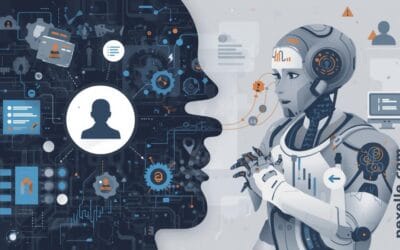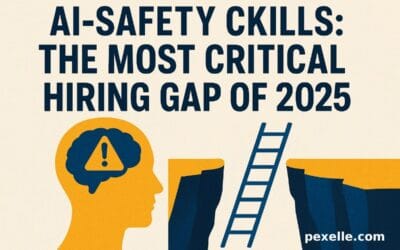The Impact of AI in Agricultural Production

In recent years, artificial intelligence (AI) has made significant strides in various industries, and agriculture is no exception. The integration of AI technologies in agricultural production has the potential to revolutionize the way we grow, manage, and distribute food. From precision farming to automated machinery, AI is reshaping agriculture in ways that were once thought impossible.
Precision Agriculture
One of the most notable applications of AI in agriculture is precision farming. This involves using AI-driven technologies to optimize the use of resources such as water, fertilizers, and pesticides. By leveraging data from sensors, drones, and satellite images, AI systems can provide real-time insights into soil conditions, crop health, and weather patterns. This allows farmers to make informed decisions, reducing waste, increasing efficiency, and boosting crop yields.
For instance, AI-powered systems can analyze large datasets to identify areas of a field that require more or less attention. These systems can then suggest or even implement actions, such as adjusting irrigation levels or applying fertilizers at precise times, ensuring that resources are used where they are needed most.
Automated Machinery and Robotics
AI also plays a crucial role in the development of autonomous machinery and robotics in agriculture. Tractors, harvesters, and drones equipped with AI algorithms can perform tasks such as planting, harvesting, and monitoring crops without human intervention. These machines can operate around the clock, significantly increasing productivity and reducing labor costs.
Additionally, AI-powered robots can be used for tasks like weeding, which is often labor-intensive and requires precise handling. By using computer vision and machine learning, these robots can identify and remove weeds from crops, reducing the need for harmful chemicals and minimizing environmental impact.
Disease and Pest Detection
AI has also proven valuable in detecting and diagnosing diseases and pests that affect crops. Through image recognition and machine learning algorithms, AI systems can analyze images of crops to identify signs of disease or pest infestations early. Early detection allows farmers to take preventative measures before the problem spreads, saving time, money, and potentially entire harvests.
Moreover, AI can predict future outbreaks based on historical data, weather patterns, and other relevant factors. This predictive capability helps farmers to take proactive measures, such as adjusting planting schedules or preparing for potential pest attacks.
Supply Chain Optimization
The impact of AI is not limited to the field itself; it extends to the entire agricultural supply chain. AI systems can analyze data from various sources, such as market trends, weather forecasts, and consumer behavior, to predict demand and optimize distribution. This helps reduce food waste, improve the efficiency of transportation, and ensure that products reach consumers in the best condition possible.
For example, AI can help predict when crops will be ready for harvest, allowing for better planning of logistics and storage. This reduces spoilage and ensures that food reaches the market when it is needed.
Sustainability and Environmental Impact
AI’s potential to promote sustainability in agriculture is immense. By optimizing resource usage, reducing waste, and minimizing the use of harmful chemicals, AI technologies can help make farming more environmentally friendly. Additionally, AI can help farmers monitor and manage the impact of climate change on crop yields, enabling them to adapt to changing conditions and reduce the environmental footprint of agricultural practices.
Conclusion
AI is transforming the agricultural industry by increasing efficiency, reducing costs, and improving sustainability. While challenges remain, such as the need for adequate infrastructure and training, the potential benefits of AI in agriculture are clear. As technology continues to evolve, AI will play an even more prominent role in feeding the growing global population while minimizing the impact on the environment.
Source : Medium.com




